As Trump Threatens Government Shutdown, What Happened To Mexico Paying For The Wall?
WASHINGTON ― After regularly proclaiming that Mexico would pay for his signature campaign promise ― a wall along the U.S. southern border ― President Donald Trump on Tuesday night threatened a government shutdown if Congress refused to find the U.S. tax dollars to build it.
“If we have to close down our government, we’re building that wall,” he said during a raucous campaign rally in Phoenix. “We’re going to have our wall.”
The stunning ultimatum reflects a gradual reversal of course and a further indication of the wall’s unfeasibility. Strikingly, Trump did not broach Mexico financing the barrier in his rally remarks.
Throughout the presidential campaign, Trump’s wall was generally considered an unrealistic proposal that experts estimated would cost as much as $25 billion to construct. (Earlier this year, the Department of Homeland Security reached a similar assessment, placing the wall’s cost at about $21.6 billion and concluding it would take more than three years to complete.)
But Trump nevertheless made the wall a symbol of his campaign, an integral part of the anti-immigrant rhetoric and policy proposals that galvanized many of his supporters.
“Who’s going to pay for the wall?” he regularly shouted at his campaign rallies.
“Mexico!” the crowd responded.
Since becoming president, he has been forced to back down, because — as with many of the other pillars of his campaign — the realities of governing intervened.
Mexico’s president, Enrique Peña Nieto, has repeatedly said that his country rejects the very idea of the wall ― much less paying for it. (Peña Nieto did, however, catch grief for not responding when Trump said Mexico “absolutely” would provide the money for the wall as the two sat together during early July’s G-20 meeting of world leaders in Hamburg, Germany.)
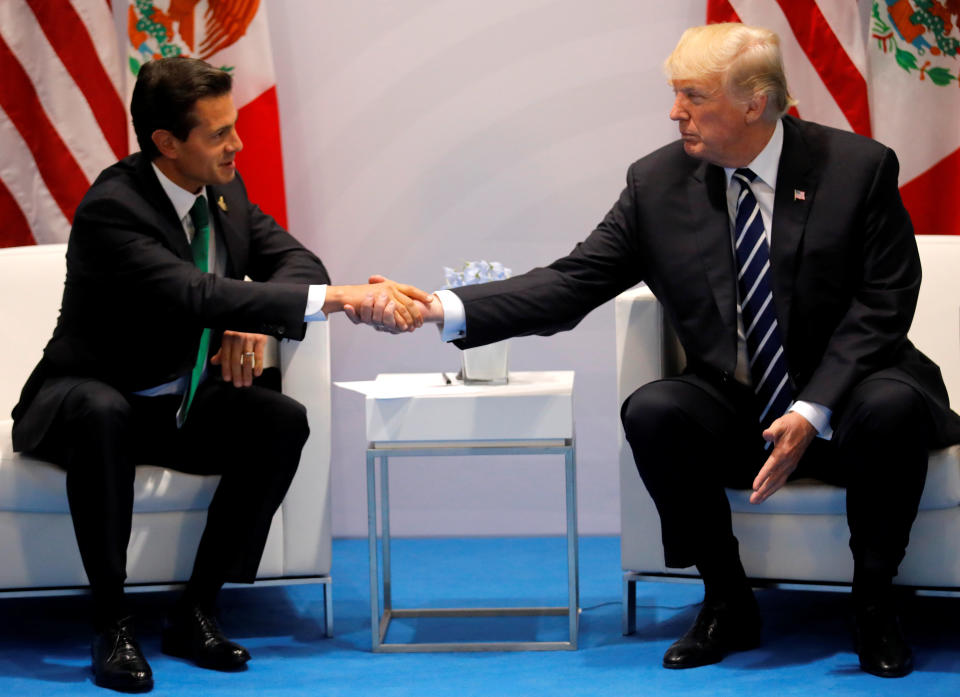
Soon after taking office in January, Trump himself conceded that Mexico would not pay, during a Jan. 27 phone call with Peña Nieto.
But according to the leaked transcript of the call obtained by The Washington Post, Trump urged his Mexican counterpart not to discuss it publicly because that would leave Trump in a “political bind.”
“So what I would like to recommend is ― if we are going to have continued dialogue ― we will work out the wall,” Trump told Peña Nieto. “They are going to say, ‘Who is going to pay for the wall, Mr. President?’ to both of us. And we should both say, ‘We will work it out.’ It will work out in the formula somehow. As opposed to you saying, ‘We will not pay’ and me saying, ‘We will not pay.’
“If you are going to say that Mexico is not going to pay for the wall, then I do not want to meet with you guys anymore because I cannot live with that,” Trump added.
Publicly, Trump had all but admitted that U.S. taxpayers would have to foot the bill, while at times claiming Mexico would provide reimbursements. In March, his administration included funding for the wall in its proposed budgets for the 2017 fiscal year ending Sept. 30 and the 2018 spending blueprint.
Trump failed in efforts to keep the funding in the final version of the 2017 budget — but promised that the wall would happen “eventually, but at a later date,” despite there being few viable options for paying for it.
Eventually, but at a later date so we can get started early, Mexico will be paying, in some form, for the badly needed border wall.
— Donald J. Trump (@realDonaldTrump) April 23, 2017
In recent weeks, White House officials have reportedly floated a possible deal with Congress that would link maintaining legal protections for the young undocumented immigrants known as Dreamers with a proposal that includes border wall funding. Democrats this week said any such deal was “a nonstarter.”
Similarly, in response to Trump’s shutdown threat, top congressional Democrats said on Wednesday that they would reject any government funding bill that included money for the wall.
If the issue comes to a head, Republicans would face an uphill battle, as they need Democratic votes to pass a continuing resolution to keep the government open.
Despite the obstacles, Trump is unlikely to abandon at least the idea of the wall, as it energizes his base.
New Trump fundraising email on the "beautiful, impenetrable wall" pic.twitter.com/S2h1LU4Tw5
— Marina Fang (@marinafang) August 23, 2017
Like clockwork, his campaign released a fundraising email on Wednesday morning calling the wall “non-negotiable.”
“Let’s remind every single Senator the American VOTERS want this beautiful, impenetrable wall constructed,” the email read. “I want to show every Republican Senator a list of American voters that will NOT be happy if the wall isn’t built.”
On Thursday afternoon, White House press secretary Sarah Huckabee Sanders dodged multiple questions on funding for the wall, insisting that “we’re moving forward” on the project.
Asked whether Trump’s calling for a government shutdown if Congress did not fund it meant that he was admitting Mexico would not pay for the wall, Sanders said it did not.
“He hasn’t said they’re not, either,” she said.
The story has been updated with Sanders’ comments.
Love HuffPost? Become a founding member of HuffPost Plus today.
Also on HuffPost
May 1920s
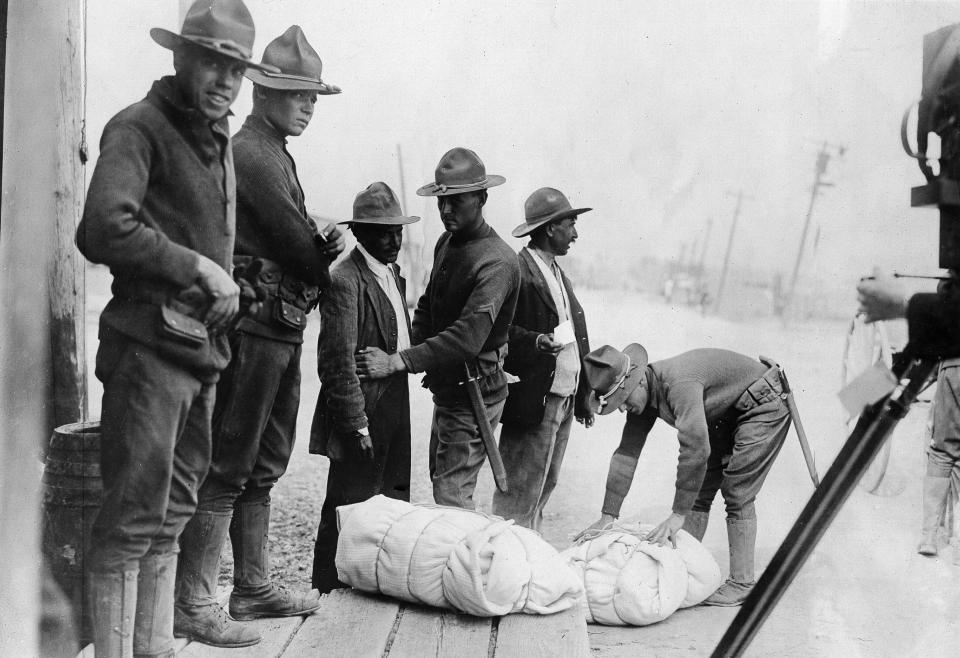
May 1920s
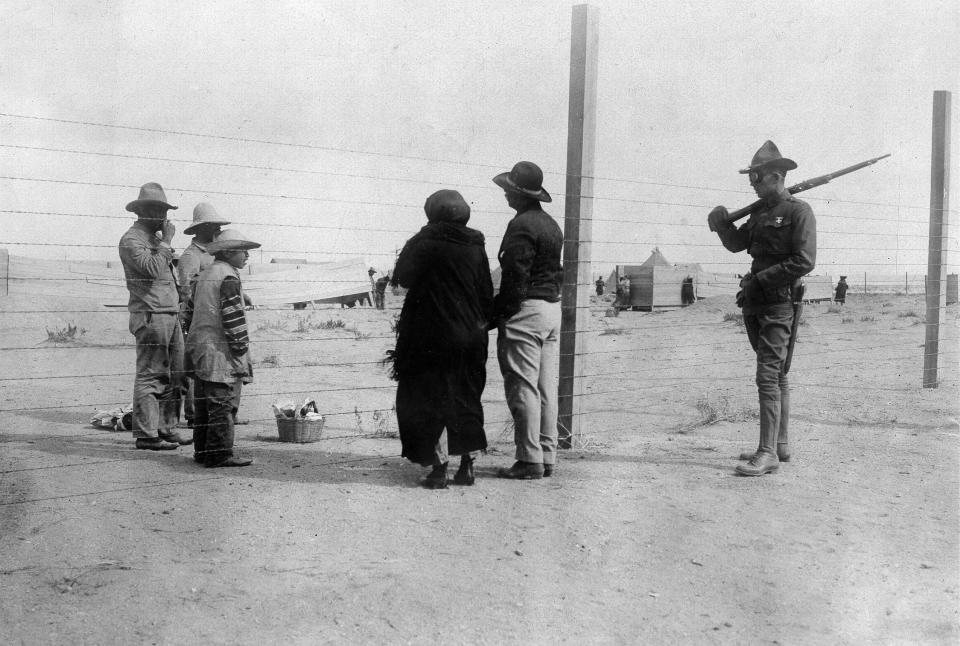
March 21, 1929

1930s

June 1937

June 1937

June 1937
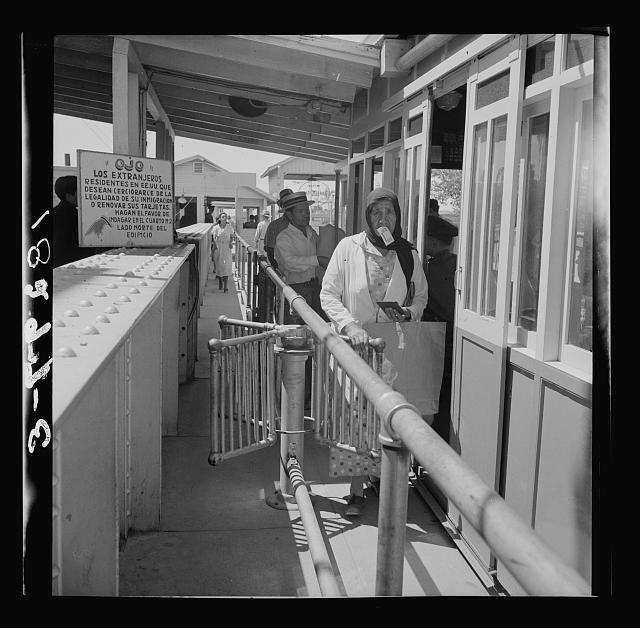
1943
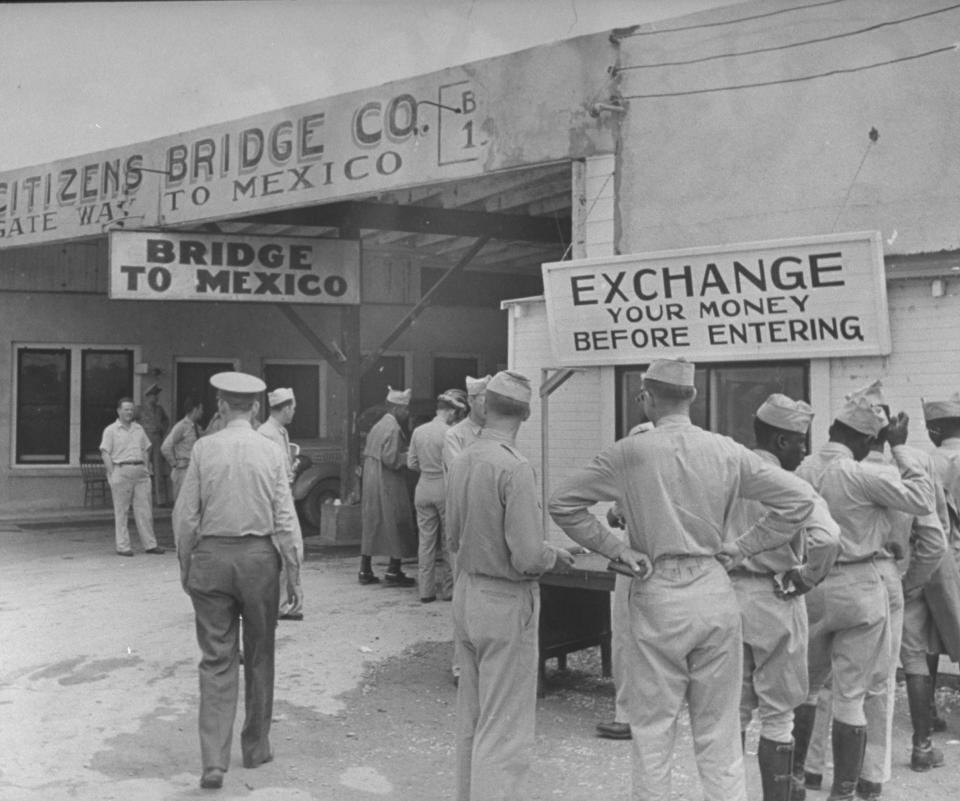
March 15, 1950
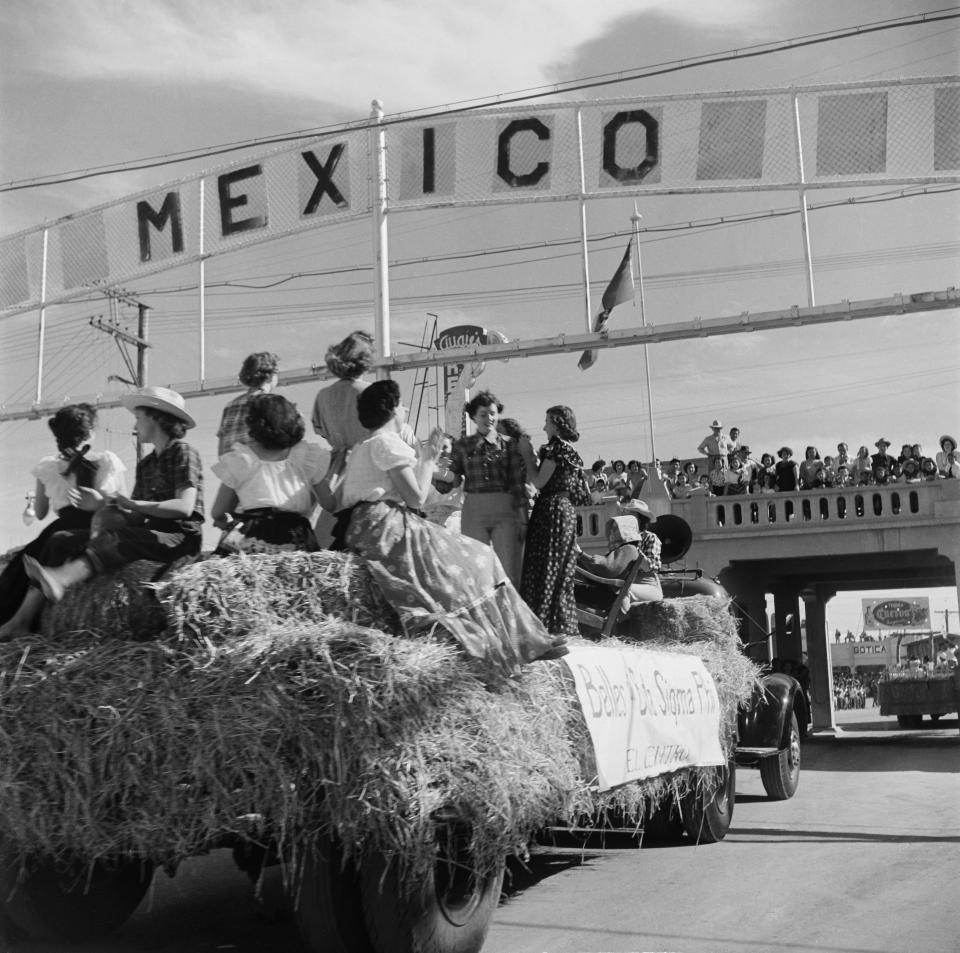
1950s
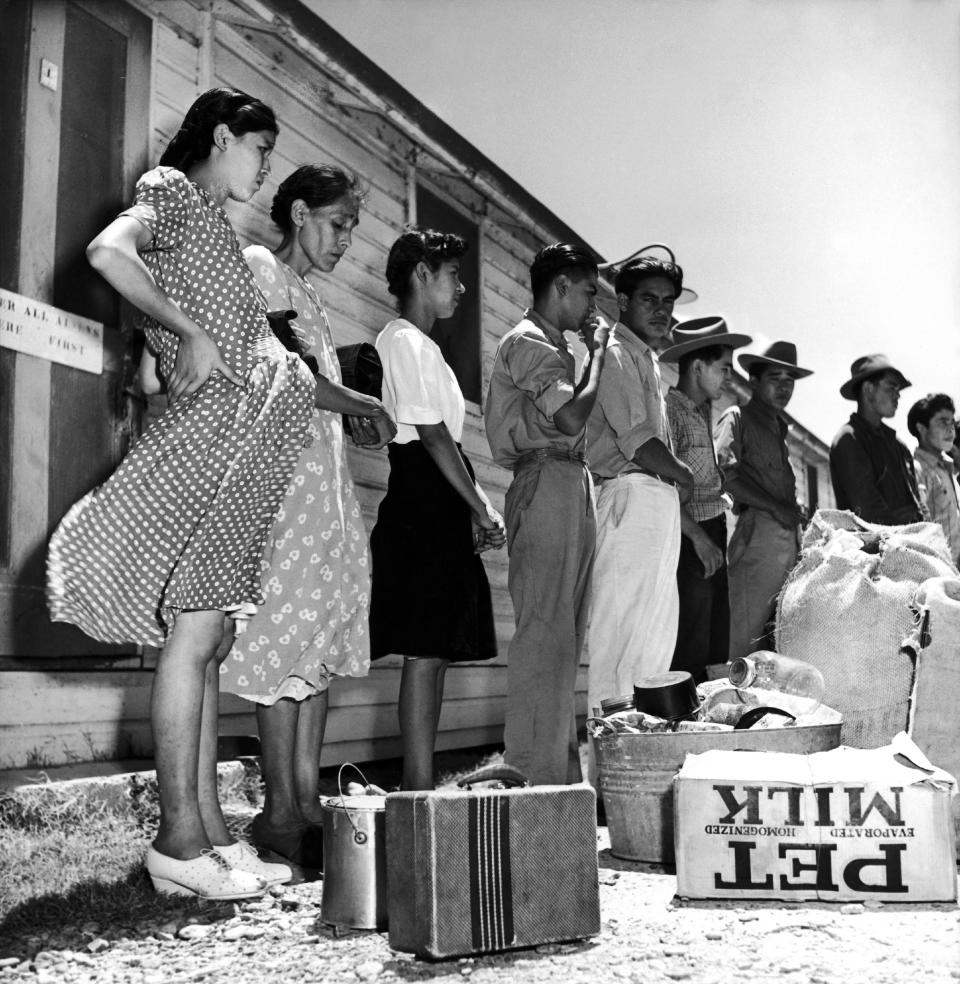
1954
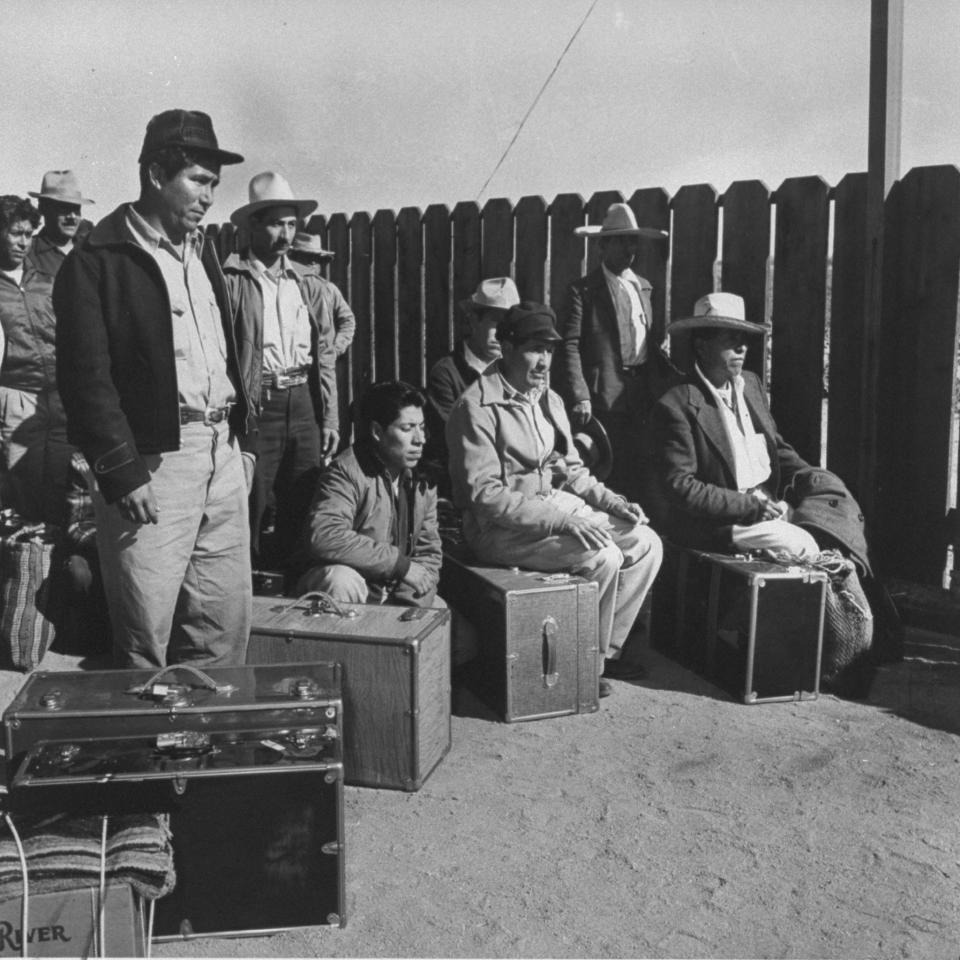
1954
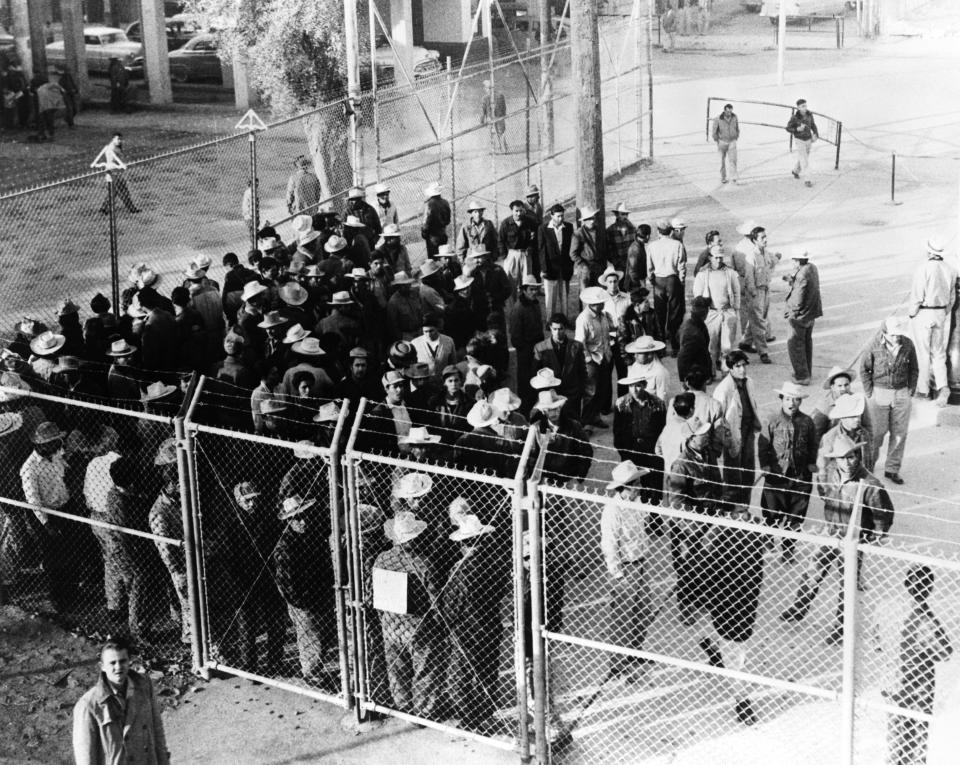
October 1, 1962

1967

Sept. 22 1984

1990
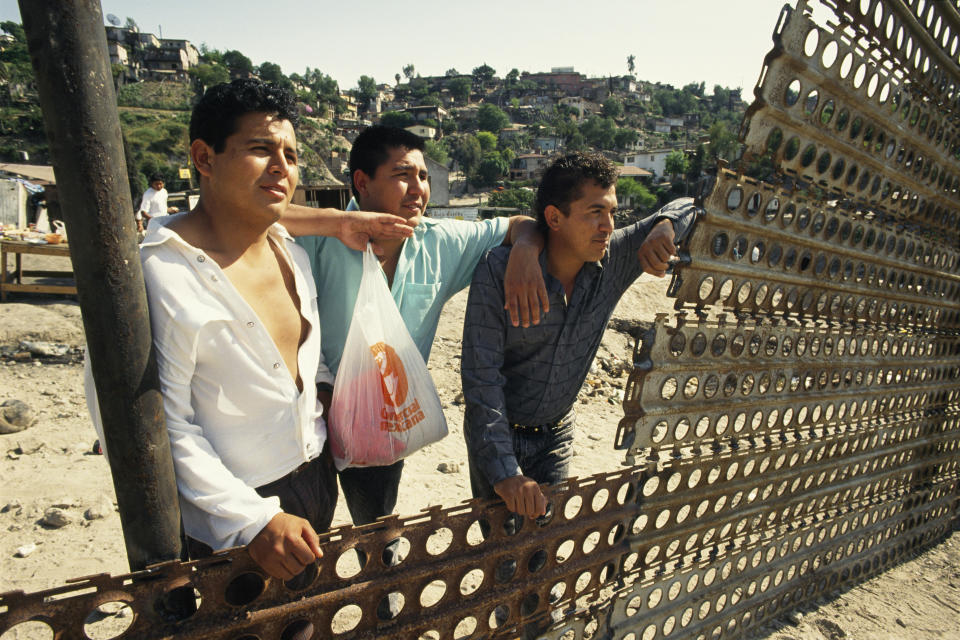
1990
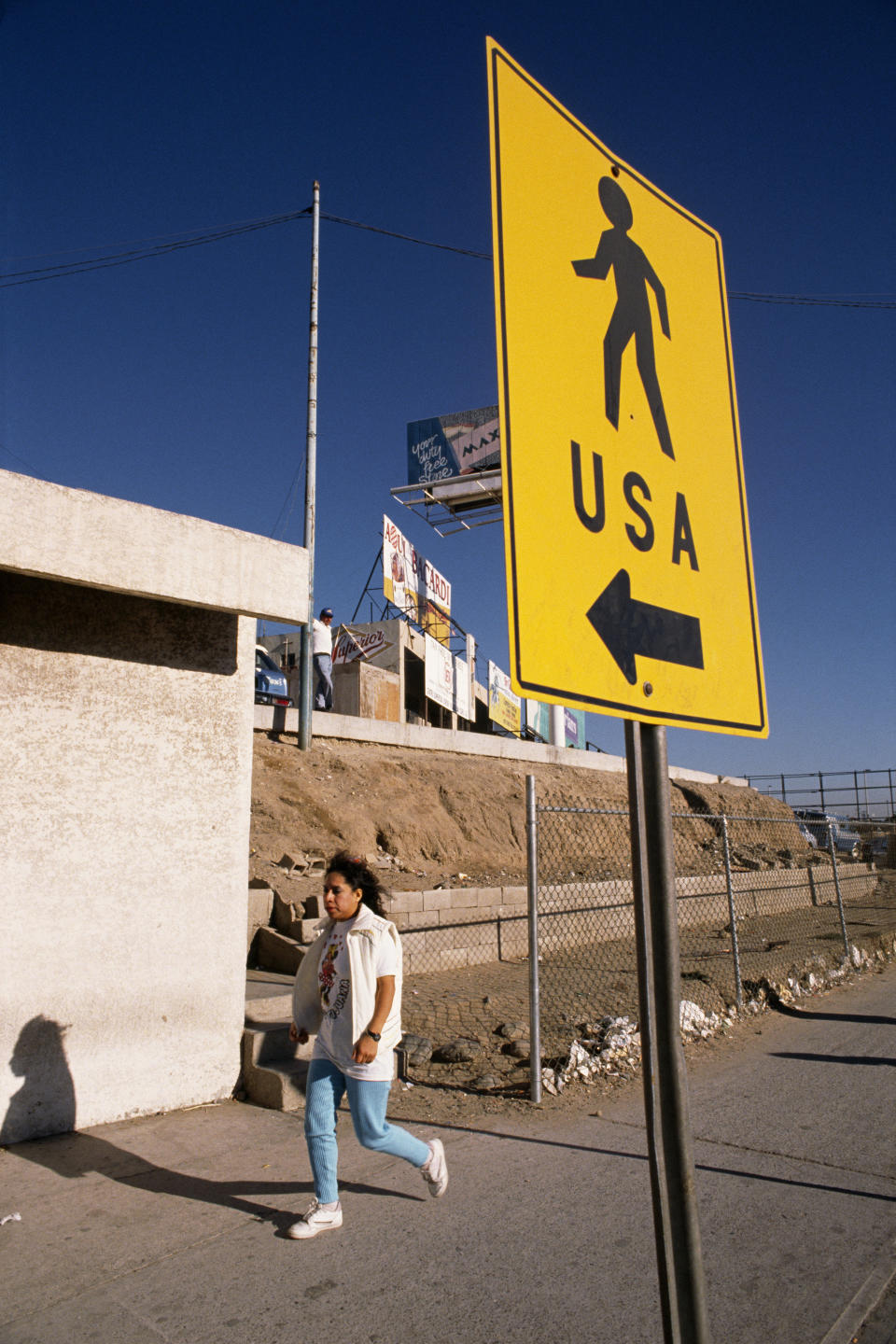
1993
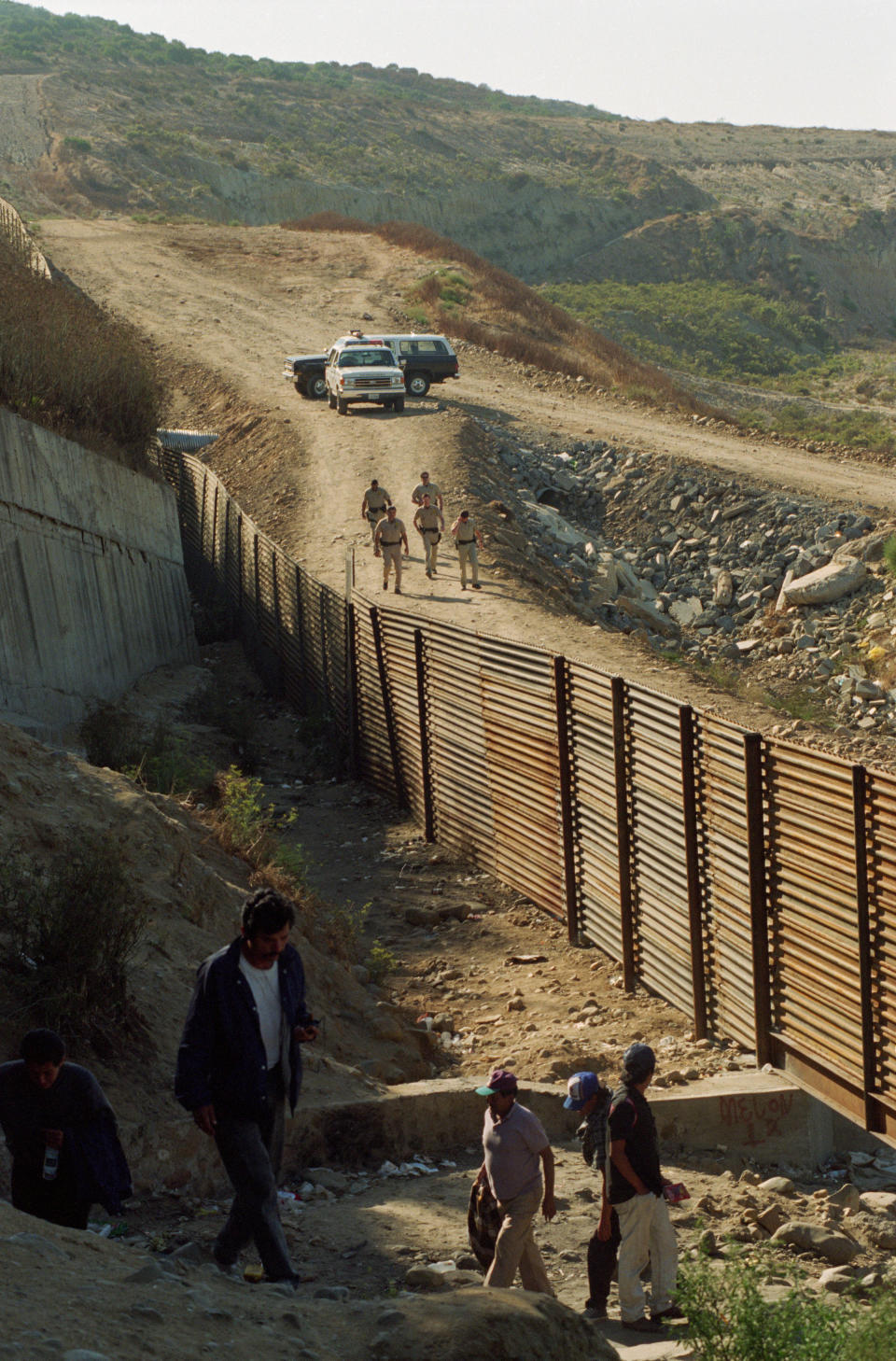
1994
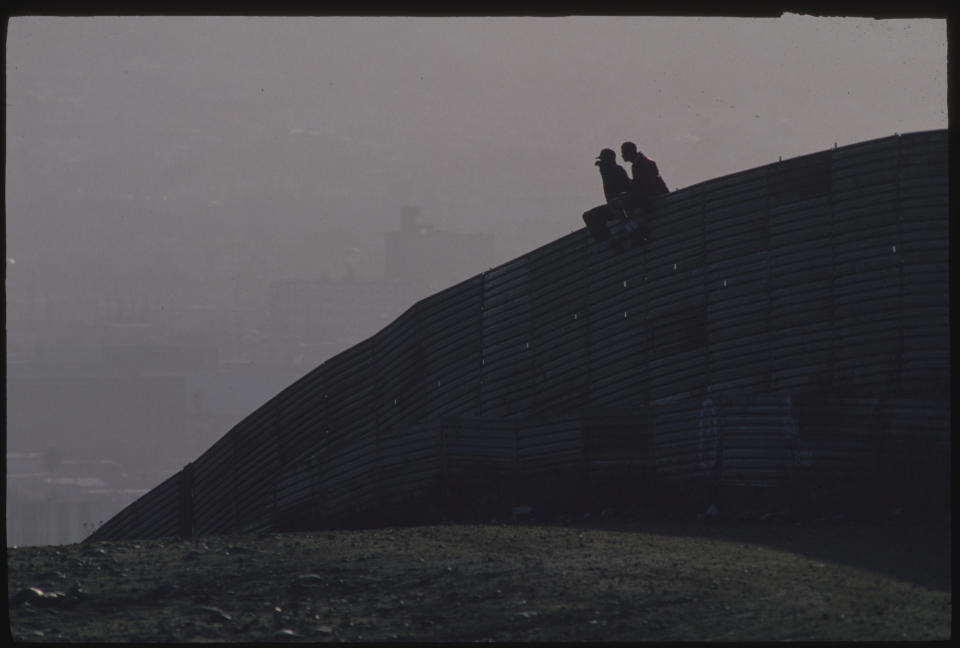
1994

Aug. 19, 1997
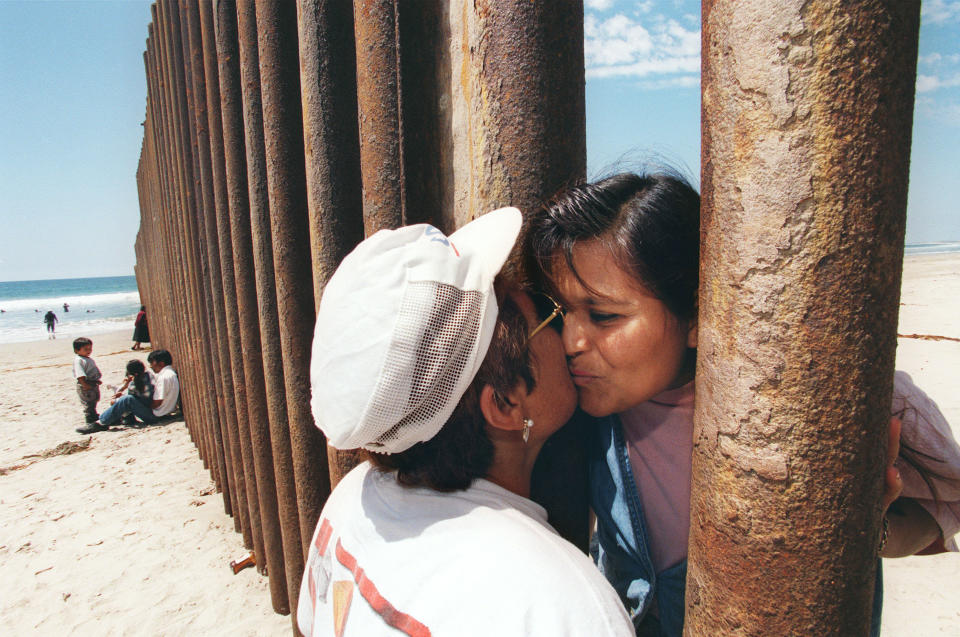
July 20, 2005
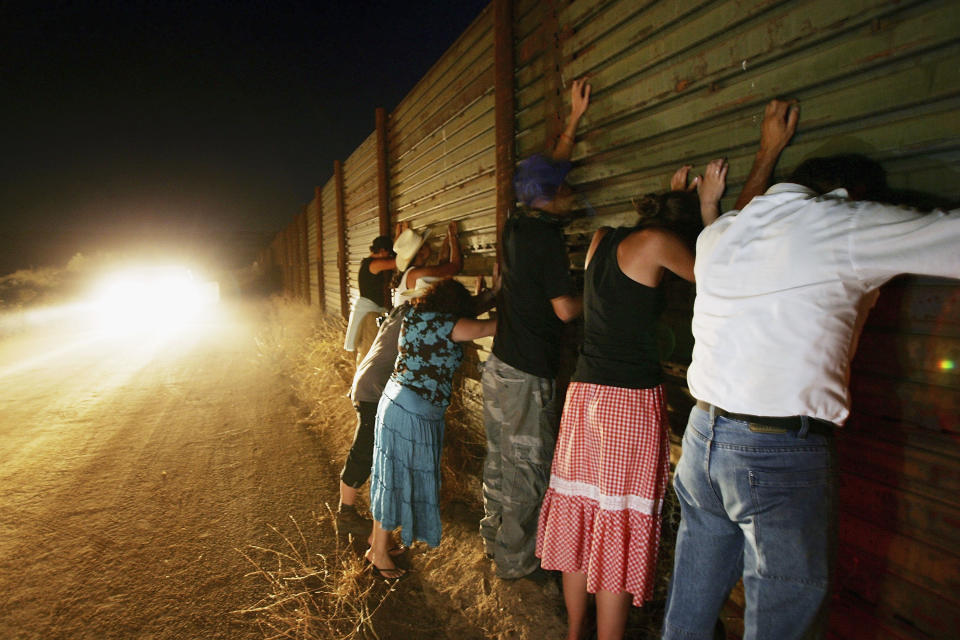
Aug. 28, 2005

June 6, 2015
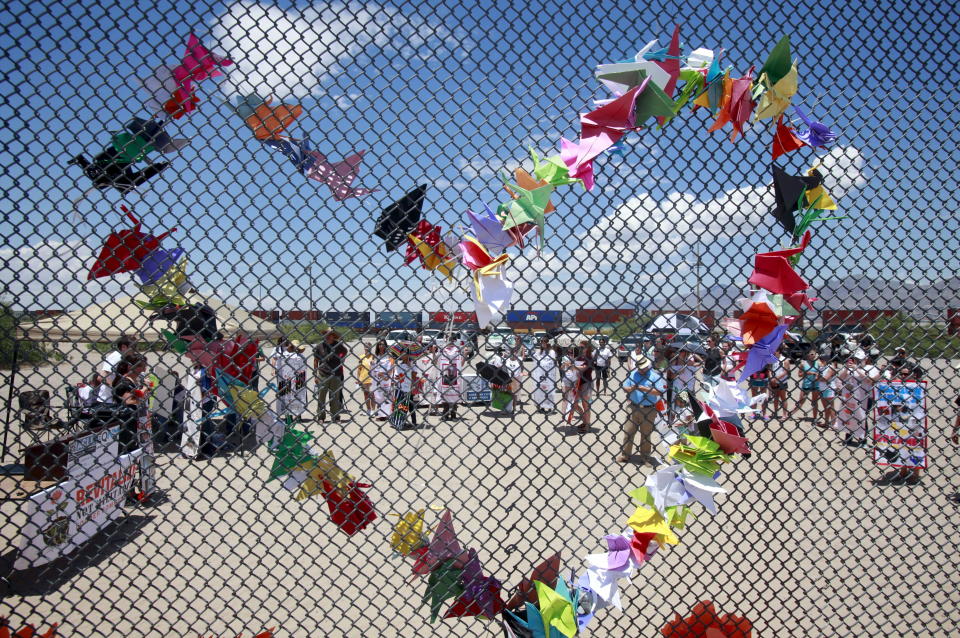
Sept. 25, 2016

Oct. 6, 2016
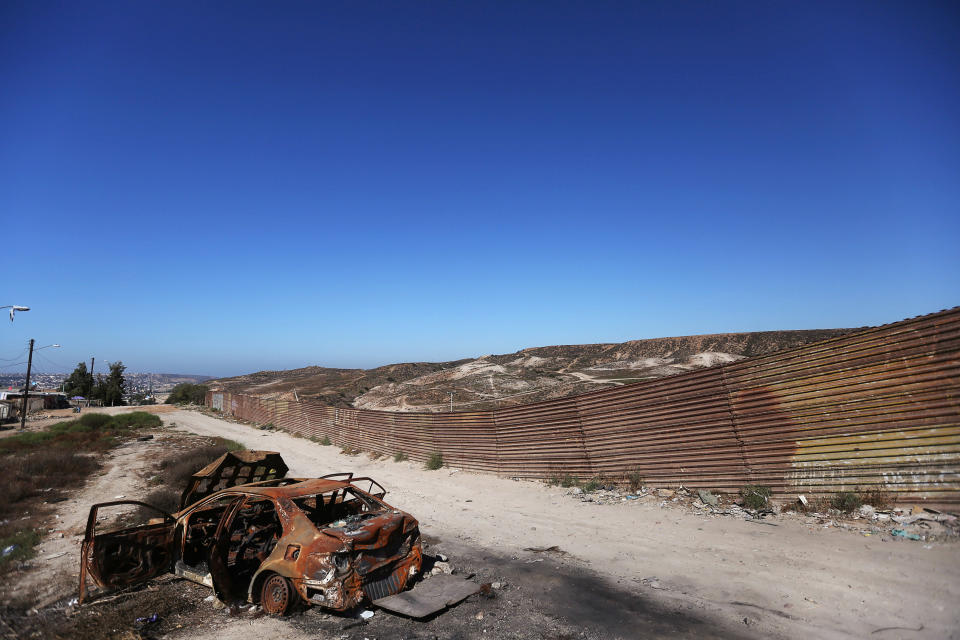
Feb. 4, 2017
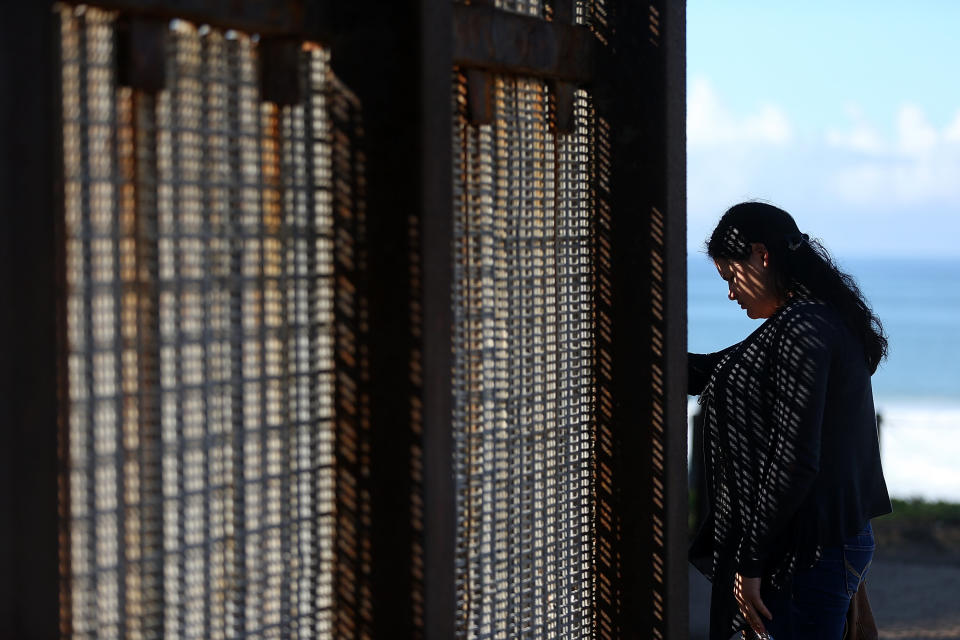
This article originally appeared on HuffPost.

